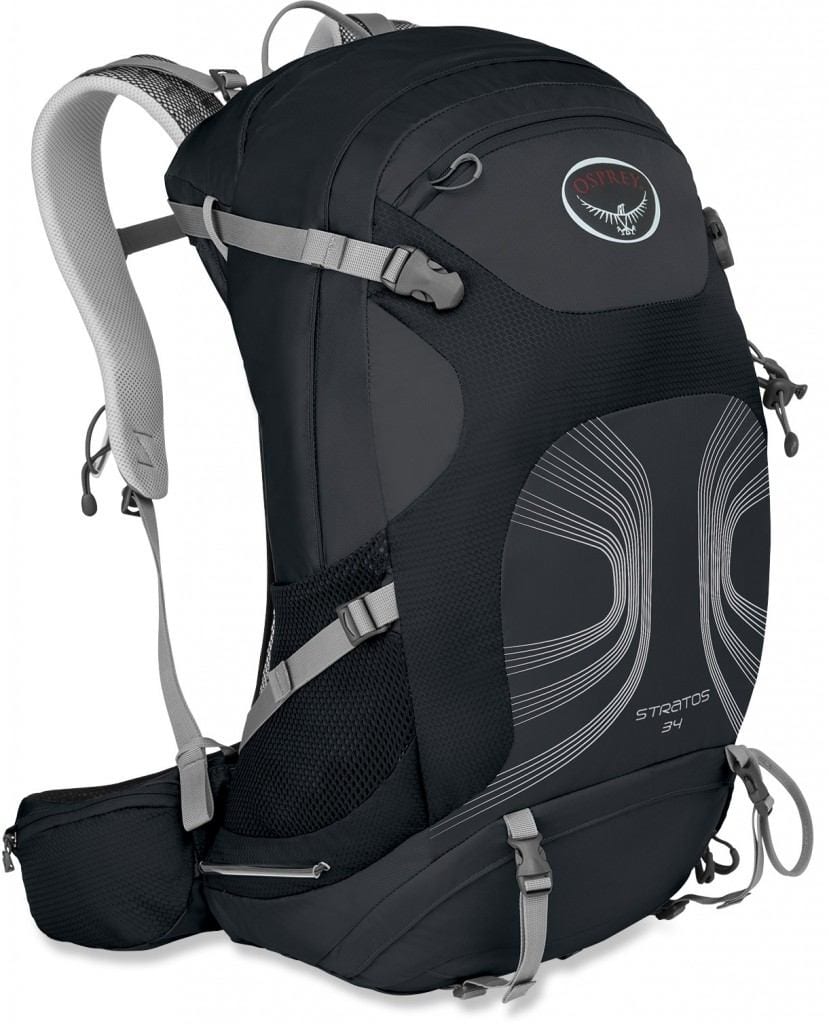 When you’re traveling in the outdoors, it’s important to have the right gear. If your gear—such as a daypack—doesn’t fit just right, it could be very uncomfortable when you’re hiking for several hours. Travel gear enthusiast and contributing writer Margaret Magnus shares her tips for finding the right daypack.
When you’re traveling in the outdoors, it’s important to have the right gear. If your gear—such as a daypack—doesn’t fit just right, it could be very uncomfortable when you’re hiking for several hours. Travel gear enthusiast and contributing writer Margaret Magnus shares her tips for finding the right daypack.
While I was hiking in Montenegro earlier this year, there was a steep, narrow trail where we had to scramble over slippery boulders. At one point, I just titled backward and fell on my backside.
The guide, who was behind me, said, “Margaret, your pack is too heavy.”
In truth, it wasn’t the weight. It was the daypack design and its unbalanced contents. At that point, I decided whatever nostalgic reasons and financial conservatism that had kept me from updating my daypack were over. For the next trip, I would have the right daypack.
Identify Key Features
Before going to buy my daypack, I identified my must-have features because it is easy for me to get overwhelmed with all the choices once I am in the store. I used one quick reference from REI that outlined what features I should choose.
While choosing my top features, I had to prioritize between hiking and general day/travel use. I chose hiking. Recent hiking trips in Montenegro and Washington gave me a good idea of the features I wanted.
- Weight distribution: First, I wanted a hip belt that would keep the pack in place and close to my body. Second, was a harness across the chest for the same reason. Both would also help to re-distribute the weight off my shoulders. Finally, for balance, the pack needed upper-side compression/carry straps to help with stabilization.
- Rain protection: Because rain is often a possibility when hiking, I wanted a built-in or integrated rain cover to quickly pull over the day pack.
- Back ventilation: When hiking, it’s easy to work up a sweat. When I stop, and it’s fairly cool outside, there is a definite chilling factor on my back. One of my Montenegro hiking companions had a suspended mesh back panel that provided ventilation between the back and the pack. I wanted that.
- Panel-loading: Generally, day packs have two options: either top-loading or panel-loading. Top-loading daypacks access everything inside from an opening in the top of the back generally closed with a drawstring. Panel-loading packs are accessed via a U-shaped zipper. When fully opened, the panel falls away like a flap.
- Outer carrying options: For practical carrying options, I wanted a mesh outside pocket to carry my drinking water along with a trekking pole attachment to carry my walking sticks.
Other criteria might include specific carrying pockets, a hydration pack, a sleeping bag compartment, or the type of pack material.
Know Your Size
On my Montenegro trip, I noticed a very petite woman who had a pack that fit her perfectly, while her husband who was considerably taller had a pack that fit him. That’s when I realized that packs come in different sizes.
Also, some manufacturers (Osprey, Gregory, Deuter, Kelty, Eagle Creek) make both men’s and women’s packs.
“Sizing your pack is key to not only comfort but the pack’s performance,” according to pack manufacturer Osprey. Click here to see some common good fit/bad fit examples from Gregory.
Determining size is all about the torso, hips, and shoulders. There are resources online to help you size a daypack. Osprey provides sizing guidelines and pack manufacturer Gregory has two videos to help you determine the right-size pack for your frame.
Some sporting goods stores (REI, Sport Chalet, and independent stores) also have staff and measuring devices to assist in sizing a pack.
Determine the Capacity Needed
After meeting all the above criteria, my next decision was the amount of gear my pack needed to hold. This capacity is usually measured in liters.
The sporting goods store had sandbags of different sizes and weights to test in a day pack. By putting them in my pack, I soon discovered that less—within reason—was definitely the way to go.
REI says the sweet spot for most hiking and multisport daypacks is 30 liters, but match your pack size with your activity. I chose 22 liters, and my husband chose 34 liters. Between the two of us, that should be sufficient capacity.
For more travel gear tips from Margaret Magnus, check out:
- 15 Travel Gear Must Haves for Summer
- Travel Gear: When Two Items Are Better Than One
- Road Tested Travel Gear Must Haves for Summer
- Your Checklist for International Travel
By Margaret Magnus for PeterGreenberg.com. Margaret Magnus has been traveling internationally since the early 1970s and has been to 24 countries. Her last trip was to the Czech Republic, Hungary, Serbia, Bosnia-Herzegovina, Montenegro and Croatia, and it didn’t involve a cruise.












